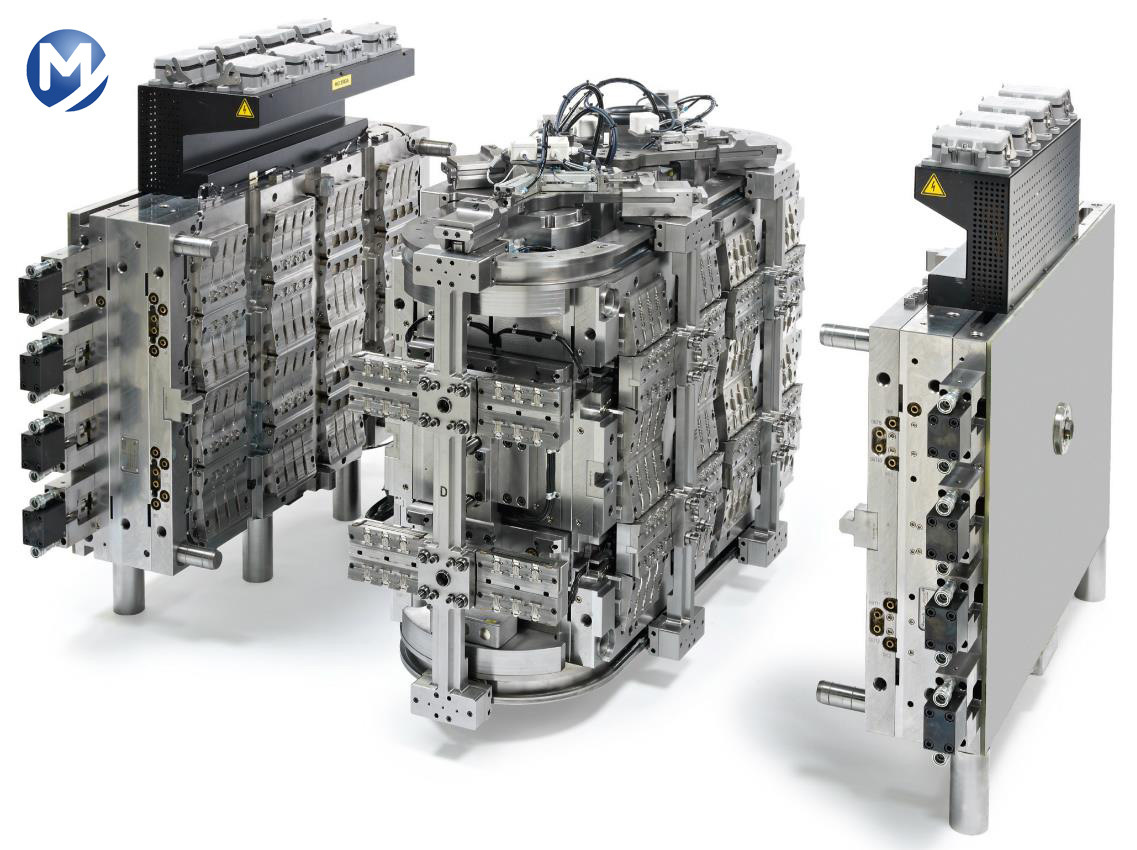Plastic injection molding can appear to be an extremely complicated industrial process to those outside of the industry. However, it is used to make m
Plastic injection molding can appear to be an extremely complicated industrial process to those outside of the industry. However, it is used to make many commonplace products like Lego bricks and plastic tableware.
A quality plastic injection mold is designed by a qualified engineer, then created with materials like aluminium and steel. It needs to withstand clamping and injection forces that can exceed 20 tons.
1. Nylon
Nylon is a durable and versatile engineering plastic that offers high temperature resistance and strong wear resistance. Its chemical composition allows it to resist heating easily, resulting in low coefficients of friction, making it ideal for applications like gears, rollers and conveyor system parts.
Its excellent strength and abrasion resistance make it a desirable material for injection-molded consumer goods, such as tools and sports equipment. In addition, it is used to produce industrial components such as gears, bearings and electrical connectors.
The process of plastic injection molding begins with pelletized raw materials that are fed into a barrel through a screw, which warms and mixes the materials to a liquid state. Then, the heated raw material is injected through a controlled nozzle. The nozzle temperature influences the crystallization, toughness and abrasion resistance of the final plastic injection molding product. It also affects mold shrinkage. Once the plastic has cooled, it is removed from the injection mold and ready for use.
2. Polycarbonate
Polycarbonate (PC) is a durable engineering plastic known for its strength and resistance to extreme temperatures. It is often combined with ABS to create a plastic known as PC/ABS. It is commonly used in LED lighting, safety goggles and hard hats. It also has excellent optical transparency and clarity, making it ideal for use in parts that require a clear or see-through design.
Because it absorbs moisture, PC needs to be dried thoroughly before injection molding. Consistent drying prevents internal moisture from causing flash, flow lines or structural weakness in molded parts.
Polycarbonate and other thermoplastics turn liquid at their melting point, which allows them to be injected into a mold and then recycled afterward. This makes the process ideal for manufacturing durable parts with precise tolerances. This includes items like anchoring buckles for outdoor-equipment webbing, which have to be able to endure substantial stress without breaking. It is also suitable for producing large quantities of parts, which makes it a cost-effective alternative to other production processes.
3. Acrylic
Acrylic, also known as plexiglass, is one of the most common transparent plastics used in everyday products. It’s ten times more durable than glass and works well across a wide range of temperatures. It’s also much cheaper than other clear plastics, and doesn’t release BPA (bisphenol A) when exposed to water like some polycarbonate-based plastics do.
It is manufactured through a process called bulk polymerization, where the raw material of methyl methacrylate is combined with an initiator to create polymer chains that can be molded into various shapes. Fillers and colorants can also be incorporated into the mixture to further customize its properties and appearance.
The injection molding process requires two mold halves that are securely clamped together using a powerful clamping unit before the hot plastic solution is injected into the cavities to solidify. This process shaves time off the product manufacturing cycle and reduces production costs, as it doesn’t require the same secondary operations as other types of plastic parts manufacturing.
4. ABS
ABS (acrylonitrile butadiene styrene) is one of the most popular plastics used in injection molding. It is a hard, durable plastic that can be molded into complex shapes. It is also a great choice for applications that require a high tensile strength.
ABS is a thermoplastic polymer made of three monomers – acrylonitrile adds heat and chemical resistance, butadiene imparts toughness, and styrene offers gloss and strength. Combined, these features make ABS a versatile and affordable material for many consumer products, including appliances, toys, musical instruments, and computer parts.
It is important to understand that ABS resins are hygroscopic and must be kept dry during the injection molding process. Internal moisture can cause voids, discoloration, holes, and structural weakness in the resulting injection-molded parts. Injection molding temperature controls are also crucial. Overheating can cause thermal decomposition, a condition that creates brown granules on the molded part. For this reason, you should always work with a production partner that has experience working with hygroscopic resins.

COMMENTS